Description of the variety of violets "Georgia" and care for it
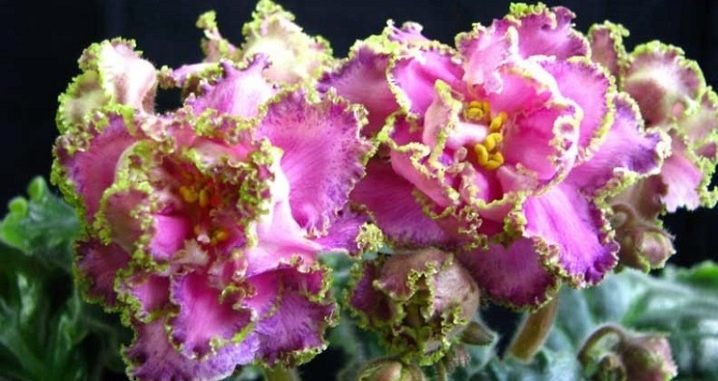
The violet, thanks to its beauty and variety of varieties, has won the love of many plant breeders. She does not require much attention to herself, but she will delight with large and beautiful flowers, if you apply top dressing on time, give her the necessary amount of light and moisture.
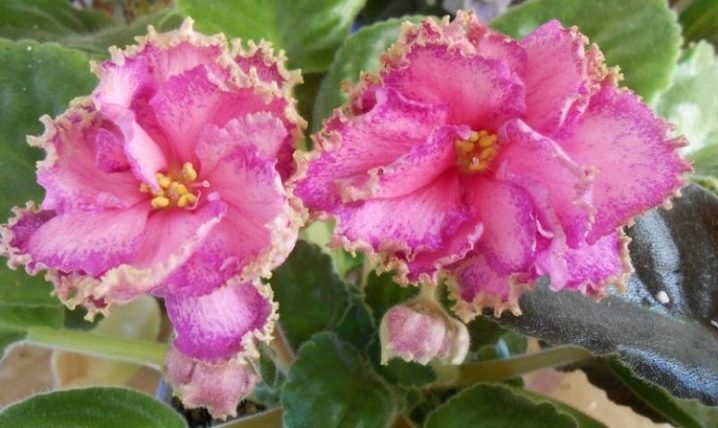
Description of the variety
Violet "Georgia" from breeder T. Dadoyan has pink, large double flowers... On the edge they are decorated with a yellow-green border and crimson dusting. The hem can be thick or thin, depending on the season.
The intensity of the shade of the flowers also changes. The first flowers are the largest, they reach 6 centimeters in diameter, the subsequent ones are smaller. There are many flower stalks, and when the buds bloom, they fall under the weight. In order for the leaf mass to grow, it is necessary to remove the peduncles more often. There is not a lot of foliage on the bush, all of it is straight, dies off quickly and loses its attractiveness, therefore it requires timely pruning. The rosette turns out to be sloppy, so the foliage often twists.
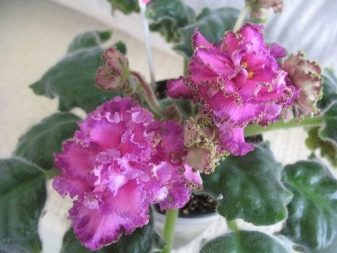
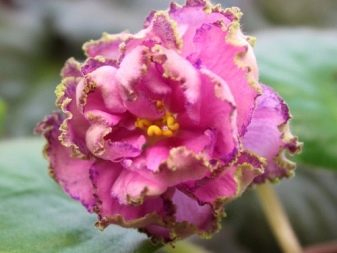
Indoor conditions
In general, violets are able to adapt to different indoor conditions, but sometimes they can be capricious and not bloom. It's best to keep the temperature inside from 21 to 23 degrees during the day and at night not lower than 15 degrees. These are plants that prefer high humidity in the environment. It is especially important to take care of this in winter, when the room is heated and the air becomes completely dry.
Professionals use automatic humidifiers, you can take a simple spray bottle or put containers with pebbles and water on the window. An east or west window is best for violets. You can also use the northern part, but only in summer.
It is important to keep the leaves free of dust and wipe them down with a soft brush.
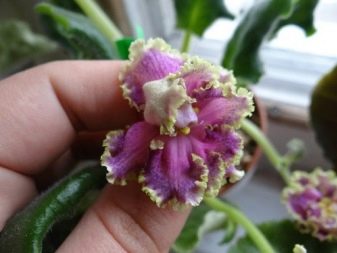
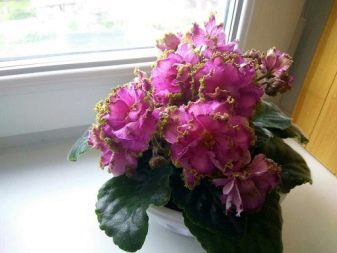
Soil and capacity
On the market today, it is not a problem to find a special, ready-made soil for violets, but you can make it yourself. The pot mix is prepared from equal parts of peat, vermiculite and perlite. When transplanting, do not tamp the soil too tightly, since violets prefer well-aerated soil and bloom in a more spacious pot, but so that the distance between the root system and the walls is no more than 2 centimeters.
The pH of the soil should be about 6.0-7.5, if necessary, add lime to reduce the acidity of the soil. It is allowed to add an infusion of cow dung, but highly diluted, as well as loam or clay. It is allowed to use not only clay containers, but also plastic containers.
The main condition is the presence of drainage holes at the bottom, otherwise the roots will simply rot.
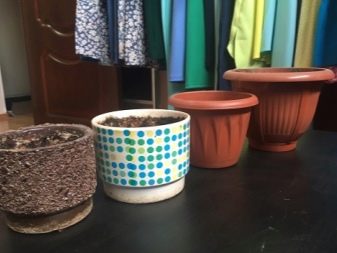

Watering
When watering violets, the plant breeder should avoid getting water on the leaves, since moisture becomes the main reason for the subsequent appearance of fungal infections. The main problem that novice florists do not think about is the water temperature. If it is colder or hotter than the foliage, it can cause damage called a "ring spot."
The temperature of the liquid for irrigation should be between 18 and 23 degrees. It is this threshold that is considered safe for most indoor plants. To preserve the flower, it is better to water it under the bush or use a wick, container with small stones and water. The long spout at the watering can allows the soil to be properly moistened without splashing the leaves.One of the main problems the grower faces is the formation of white spots on the leaves. This happens when cold water gets in.
It is impossible to completely exclude the moistening of the soil from above, since this is how it is possible to remove excess salt from the soil, which is deposited as a result of feeding. Always check the soil before adding a new portion of moisture. If it is still wet, it is worth postponing the procedure for a few days, otherwise the grower will face the problem of root rot.
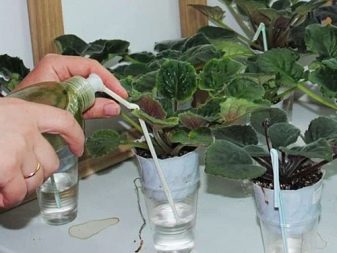

Reproduction
It is quite easy to create several from one bush with leafy cuttings. Large leaves of at least 1 centimeter in diameter are chosen as planting material, preferably from the third row. In the process of preparation, the petiole or stem is first cut off at an angle and inserted into a nutrient medium, for example, a mixture of peat, sand, vermiculite.
In the process of germination, the moisture of the soil is monitored; you can cover it with a film to create the effect of a greenhouse. After about 2 weeks, the leaf will give roots, now you can transplant it into the soil. Small flowers will appear within 6-8 weeks. At this time, you can remove the mother sheet. The new plant will be ready to be transplanted into its own pot in 14-16 weeks.
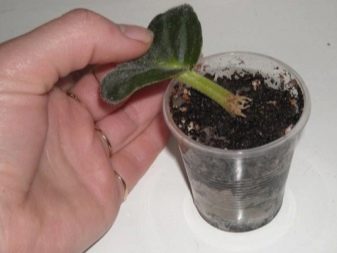
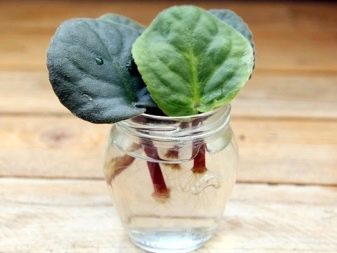
Fertilizers
If the violet is grown under artificial light, then it is worth applying fertilizers year-round at a lower dose than indicated on the package, but once every 2 weeks. It is advisable to use formulations with a high content of phosphorus and nitrogen, since they are extremely necessary for flowering. We must not forget about other trace elements and vitamins.
The best choice is a ready-made liquid balanced composition with detailed instructions for use.

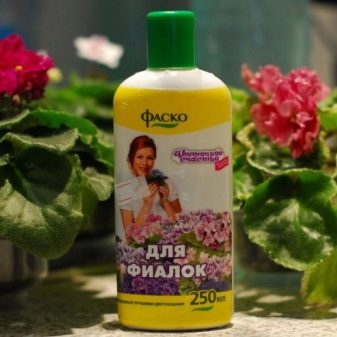
Diseases and pests
Violets are often the target of worms and red spider mites. If preventive measures in the form of watering from the shower did not help, then it is worth using insecticides to quickly suppress the infection.
It is best to use an organic plain soap or natural neem oil for pest control.
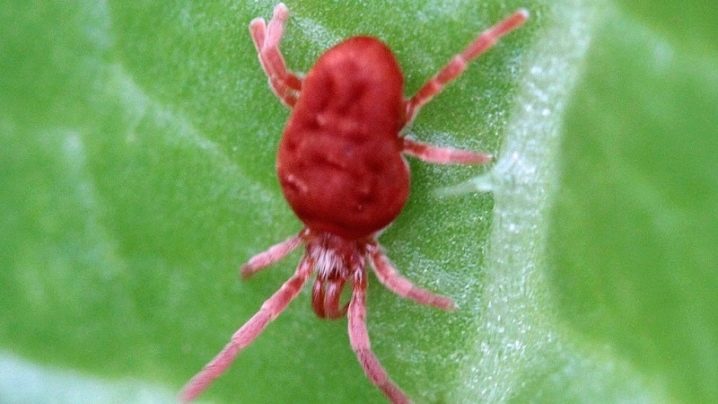
During the summer months, the edges of the leaves may turn yellow or burns. The most common cause is exposure to direct sunlight. To get rid of the problem, you will need to close the curtains or move the plant further away from the glass. In fact, the foliage on violets can turn yellow for a variety of reasons:
- too much fertilizer, so it is worth reducing the amount of feeding;
- salt formation has begun in clay pots, they should be thoroughly rinsed and the soil changed;
- insufficient watering.
Do not allow water to collect in the crown, this leads to the formation of rot, including root rot. Always apply fertilizer to well-moistened soil. If you do this dry, you can easily burn the roots, causing the leaves to droop and rot. Gray or white formations on foliage, shoots wrinkling and curling, the main cause is powdery mildew. Very high humidity is the cause of the disease.
To eliminate it, you will need to provide good ventilation, remove leaves from heavily affected areas and treat with a fungicide.
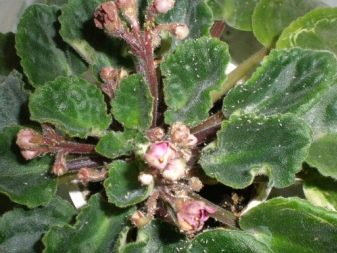

You can find out how to rejuvenate a violet below.































The comment was sent successfully.